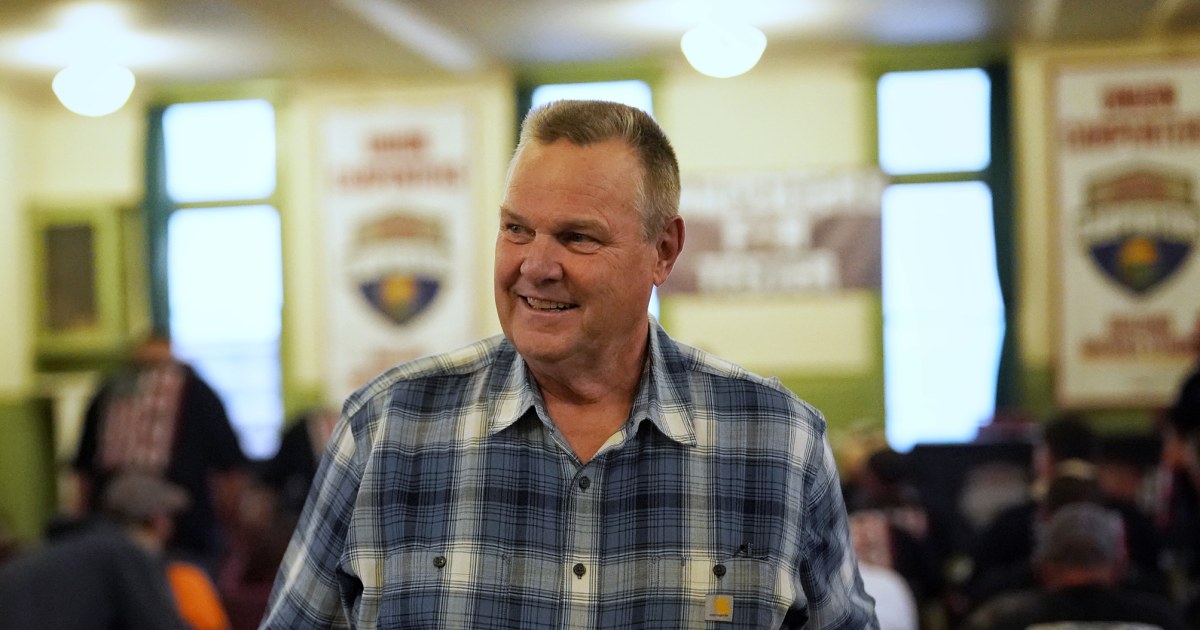Sheehy has eschewed interviews with local and national reporters, and there is little evidence of a significant grassroots campaign. The Montana GOP’s website lists only three events for the entire month of October, none of them including Sheehy. The events Sheehy does hold are by invitation only and not open to the media. His campaign didn’t acknowledge repeated requests to interview him or to cover an event with him talking to voters.
An invitation obtained by NBC News showed Sheehy was raising money in Texas this week.
Still, Daines argued that Sheehy is connecting with voters and that his walled-off strategy is working.
“He’s been in all the counties in Montana, and he gets out the grassroots. Handshake-to-handshake is working so well right now for Tim Sheehy,” Daines said. “When he does events, I’m seeing turnout unlike anything I ever saw when I ran and unlike any other candidate I’ve seen.”

‘If they lose him, then they’re just going to fade’
Montana is one of just five states with senators from different parties, and that number is all but certain to go down this election. The question is by how much. And the prospect of Tester’s losing in November has raised questions about Democrats’ ability to get elected in Montana in today’s increasingly polarized political landscape, particularly with a shifting electorate.
“Montana’s definitely moved further to the right in terms of the way it votes,” Daines said.
“When I first ran for the U.S. House back in 2012, there was one statewide elected Republican and seven statewide elected Democrats,” he said. “Today, eight of the nine major officeholders in Montana are Republicans.”
Longtime Montana political operative and strategist Pepper Peterson called the Senate race “one for the political science books,” likening the shift he’s seeing in Montana to what he saw working with Democrats in Tennessee in the early 2000s. If Republicans win, Peterson said, “the Democrats are probably dead for 16 years in Montana or so, maybe longer.”








